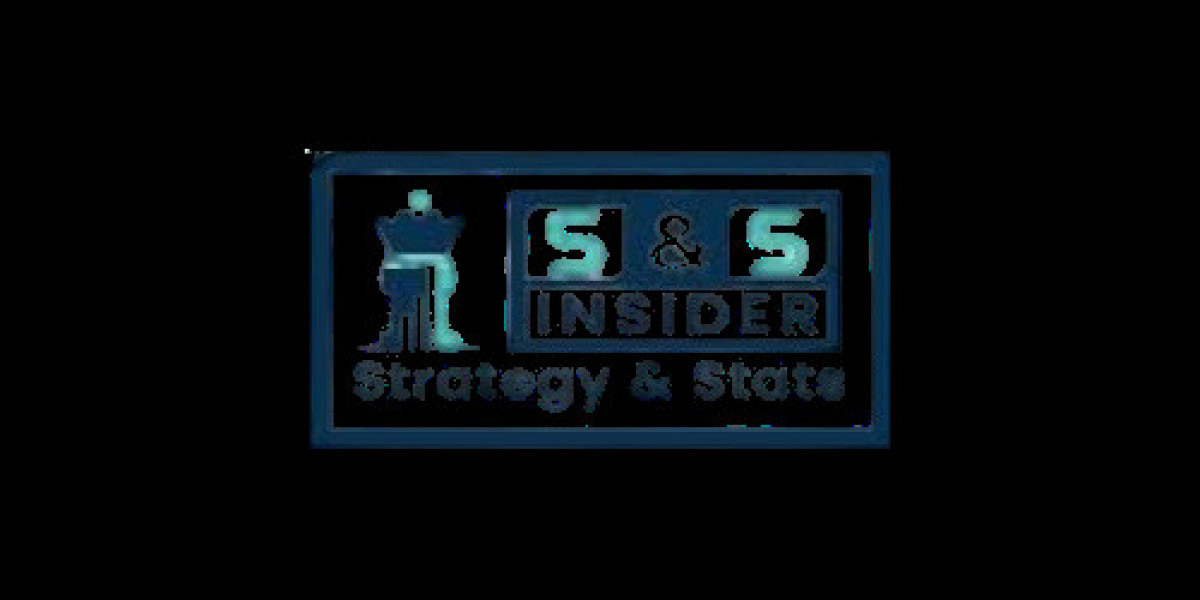When it comes to managing your finances, personal loans are a popular choice for funding a variety of needs, from home renovations to unexpected medical bills. However, one crucial aspect to understand before taking out a personal loan is the interest rate associated with it. Interest rates can significantly impact the total cost of your loan and your ability to repay it comfortably. In this article, we'll dive deep into the world of personal loan interest rates, covering everything from how they are determined to how you can secure the best rate possible.
What Are Personal Loan Interest Rates?
Personal loan interest rates refer to the percentage of the loan amount that lenders charge as interest over the loan's term. Essentially, it is the cost of borrowing money. These rates can be fixed or variable, and they play a critical role in determining your monthly payments and the overall cost of your loan.
Fixed vs. Variable Interest Rates
Fixed Interest Rates: As the name suggests, fixed interest rates remain the same throughout the life of the loan. This means your monthly payments will stay consistent, making it easier to budget. Fixed rates are ideal for borrowers who prefer stability and predictability in their financial planning.
Variable Interest Rates: On the other hand, variable interest rates can fluctuate over time based on changes in the market or a benchmark rate, such as the prime rate. While variable rates may start lower than fixed rates, they carry the risk of increasing over time, potentially leading to higher monthly payments.
Factors That Determine Personal Loan Interest Rates
Several factors influence the interest rate you'll be offered on a personal loan. Understanding these can help you negotiate better terms or prepare for what to expect when applying.
Credit Score
Your credit score is one of the most significant factors lenders consider when determining your interest rate. A higher credit score indicates to lenders that you are a responsible borrower, which often results in lower interest rates. Conversely, a lower credit score can lead to higher rates or even difficulty securing a loan.
Loan Amount and Term
The amount of money you borrow and the length of time you take to repay it also affect the interest rate. Generally, larger loan amounts and longer terms come with higher interest rates. Lenders charge more for longer terms because the risk of not being repaid increases over time.
Debt-to-Income Ratio
Lenders assess your ability to repay the loan by looking at your debt-to-income ratio (DTI). This ratio compares your total monthly debt payments to your gross monthly income. A lower DTI suggests that you have sufficient income to manage additional debt, which can result in a lower interest rate.
Employment and Income Stability
Stable employment and a steady income reassure lenders that you have the means to repay the loan. If your job history is inconsistent or your income fluctuates, lenders may view you as a higher risk, leading to higher interest rates.
Lender Policies
Different lenders have different policies and risk appetites. Some may offer lower rates to attract customers, while others may charge higher rates to mitigate risk. It's essential to shop around and compare offers from multiple lenders to find the best rate.
How to Get the Best Personal Loan Interest Rate
Securing the best personal loan interest rate requires a combination of research, financial preparedness, and strategic negotiation. Here are some tips to help you get the lowest possible rate.
Improve Your Credit Score
Since your credit score plays a pivotal role in determining your interest rate, improving it can lead to better loan offers. Pay off outstanding debts, avoid taking on new credit, and correct any errors on your credit report.
Compare Lenders
Don't settle for the first loan offer you receive. Different lenders offer varying interest rates, fees, and terms. Use online comparison tools or consult with financial advisors to find the best deal.
Consider a Co-Signer
If your credit score isn't strong enough to secure a low interest rate, consider asking someone with a better credit score to co-sign the loan. A co-signer can improve your chances of getting a favourable rate, but keep in mind that they will be equally responsible for the debt.
Choose a Shorter Loan Term
While longer loan terms may lower your monthly payments, they typically come with higher interest rates. Opting for a shorter term can reduce the overall interest you pay, saving you money in the long run.
Negotiate with Lenders
Don't be afraid to negotiate with lenders, especially if you have a strong credit score or multiple loan offers. Some lenders may be willing to lower your rate to secure your business.
The Impact of Interest Rates on Loan Repayment
Understanding how interest rates affect your loan repayment is crucial for managing your finances effectively. Even a small difference in interest rates can have a significant impact on the total cost of your loan.
Monthly Payments
Your monthly loan payment consists of both principal and interest. A higher interest rate means a larger portion of your payment goes toward interest, reducing the amount applied to the principal. This can extend the time it takes to pay off the loan and increase the total cost.
Total Interest Paid
The total interest paid over the life of the loan is directly influenced by the interest rate. For example, a $10,000 loan at 5% interest over five years will cost you $1,322 in interest. The same loan at 10% interest will cost $2,748 in interest—more than double the amount.
Loan Affordability
High interest rates can make loans less affordable, especially for borrowers on a tight budget. It's essential to calculate how different interest rates will affect your monthly payments and overall financial situation before committing to a loan.
Common Types of Personal Loan Interest Rates
Lenders may offer various types of interest rates on personal loans, each with its own advantages and disadvantages. Understanding these can help you choose the best option for your needs.
Simple Interest
Simple interest is calculated only on the principal amount of the loan. This means you only pay interest on the original loan balance, making it easier to understand and predict your payments.
Compound Interest
Compound interest is calculated on both the principal and the accumulated interest from previous periods. While this can lead to faster debt accumulation, it's less common in personal loans and more typical of credit card debt.
Precomputed Interest
Precomputed interest is calculated at the beginning of the loan and added to the principal. Your monthly payments are then fixed, but this method can result in paying more interest if you pay off the loan early.
Discounted Interest
Some lenders offer discounted interest rates for specific borrowers, such as those with excellent credit or those who set up automatic payments. These discounts can lower your overall interest costs.
Hidden Costs to Watch Out For
In addition to the interest rate, personal loans can come with hidden costs that increase the overall expense of the loan. It's essential to be aware of these fees and factor them into your decision-making process.
Origination Fees
Many lenders charge an origination fee, which is a percentage of the loan amount. This fee is typically deducted from the loan proceeds, so you receive less money than you borrow.
Prepayment Penalties
Some loans come with prepayment penalties, which are fees charged if you pay off your loan early. These penalties can offset the savings from paying off the loan ahead of schedule.
Late Payment Fees
Failing to make a payment on time can result in late payment fees. These fees can add up quickly and negatively impact your credit score, leading to higher interest rates on future loans.
Understanding APR vs. Interest Rate
When comparing personal loans, you'll often see both the interest rate and the Annual Percentage Rate (APR) listed. It's important to understand the difference between the two.
Interest Rate
The interest rate is the percentage of the loan amount that you're charged for borrowing the money. It's the base cost of the loan.
Annual Percentage Rate (APR)
The APR includes the interest rate plus any additional fees or costs associated with the loan, such as origination fees. The APR provides a more accurate picture of the loan's total cost and is a better metric for comparison.
Conclusion
Understanding personal loan interest rates is crucial for making informed financial decisions. The interest rate you receive can significantly impact the cost of your loan and your ability to repay it. By improving your credit score, comparing offers, and negotiating with lenders, you can secure the best possible rate. Always be aware of the total cost of the loan, including any hidden fees, and choose the loan that best fits your financial situation.







